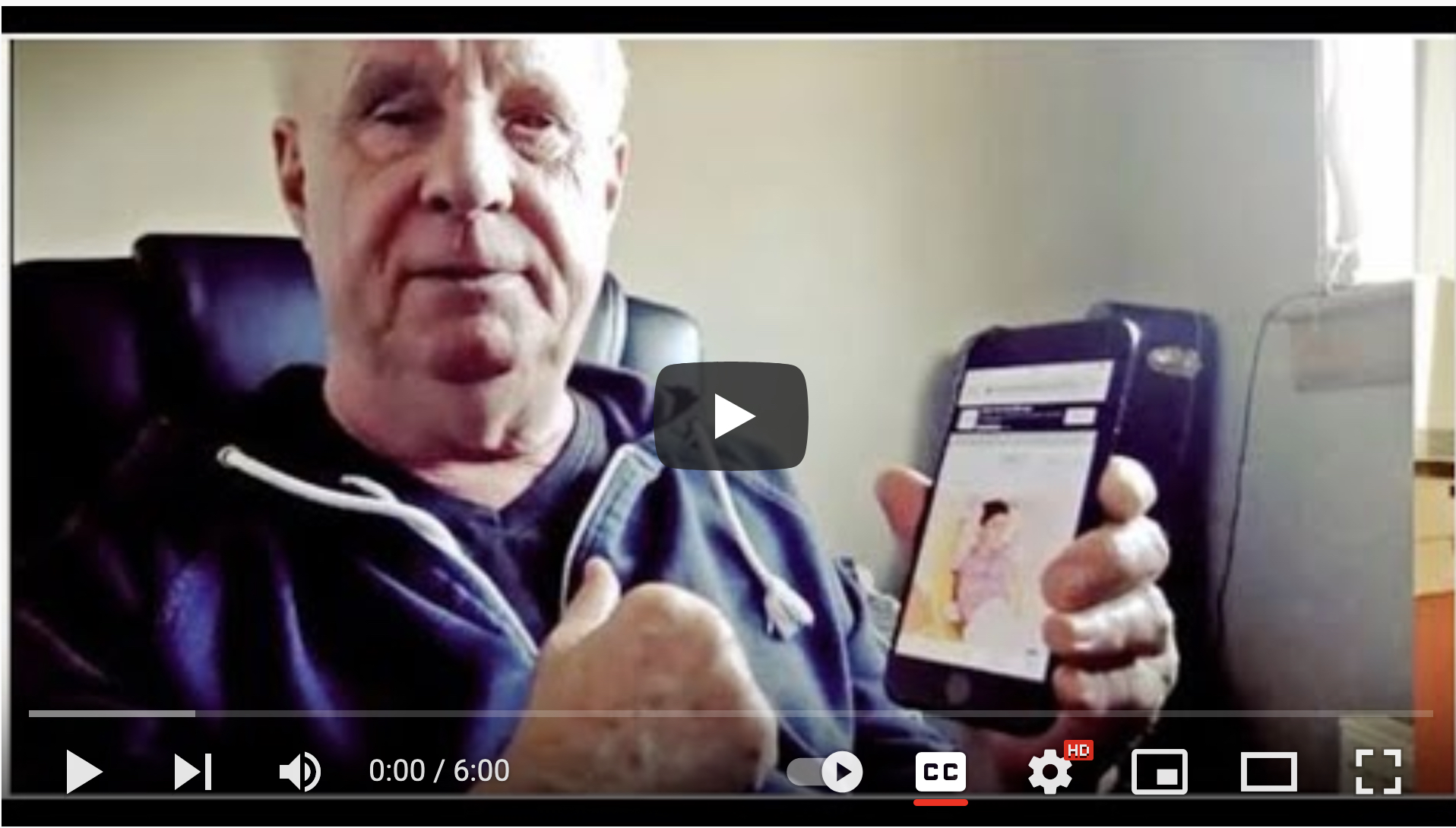This short article will set out the basic ideas underlying the World Wide Web Consortium’s Web Content Accessibility Guidelines 2 (WCAG 2).
Here is the shortest possible summary of the guidelines:
The WCAG 2 guidelines are based on four principles: all content must be Perceivable, Operable, Understandable and Robust.
- For each principle there are guidelines.
- For each guideline there are testable ‘success criteria’.
- For each guideline and success criteria there are related techniques.
Ok, if you are anything like me, that’s about as clear as mud. So to understand it, let’s start by defining what some of these words/principles mean; which we can do by translating them from WCAG speak to the much simpler, Jim speak.
Part 1: Defining the principles
Perceivable
WCAG speak: Information and user interface components must be presentable to users in ways they can perceive.
Jim speak: the site visitor must be able to recognise that the content exists. For example by being able to see it, hear it or touch it (e.g. being presented as raised dots for a braille user).
Operable
WCAG speak: User interface components and navigation must be operable.
Jim speak: The site visitor must be able to navigate around the site and use the features and functions presented.
Understandable
WCAG speak: Information and the operation of user interface must be understandable.
Jim speak: Not only should visitors be able to recognise the existence of the content and be able to interact with it, they must also be able to understand it.
Robust
WCAG speak: Content must be robust enough that it can be interpreted reliably by a wide variety of user agents, including assistive technologies.
Jim speak: It must be possible to access the content using everything from a text-only web browser to the latest Firefox browser. And everything in between, including screen readers and all the different brands and versions of browsers now available
Success criteria – what does that mean?
‘Success criteria’, it may not be a phrase that most people will be familiar with; however it is an idea at the heart of WCAG 2 – so we need to figure out what it means.
WCAG speak: For each principle there are guidelines. For each guideline there are testable ‘success criteria’.
Jim speak: There are things you will need to check to assess whether your website is accessible or not.
Stay tuned for part two: a summary of the guidelines for each principle.
Related Content
- Website Accessibility Auditing Service – for WCAG 2.1, WCAG 2.2 ComplianceRichard Morton is a member of our website accessibility audit team "A large proportion of my work over the last six years has been web accessibility auditing, using the Web Content Accessibility Guidelines (WCAG 2.1 & WCAG 2.2).I do manual testing, using the standard browsers, and light tools like the AIS ...
- About Web Designer and Accessible Website Design Specialist Jim ByrneA passion for equality and accessibility Decades before he became an accessible website design specialist, Jim started his working life as a computer programmer in 1979 using 'miniframe' computers that had LP (a long player record) sized 'not very floppy disks'. The disks needed to be screwed into a large cabinet ...
- Accessible website design blogNews, views, links about accessible web design and more.
Take my Web Accessibility Online Training Course - WCAG 2.1 Compliance
Learn to design and manage WCAG compliant, accessible websites with my online course
You will learn both the techniques of accessible website design and an entire ‘framework for thinking about the subject’. It will equip you with the skills to understand, identify and fix issues any accessibility issues you come across. Watch the free videos to get a taste of what is on the course.
)
Working with non-profits, charities, voluntary and public sector organisations and social enterprises for over 20 years. Jim set up one of the worlds first website accessibility web agencies in the mid 1990s.